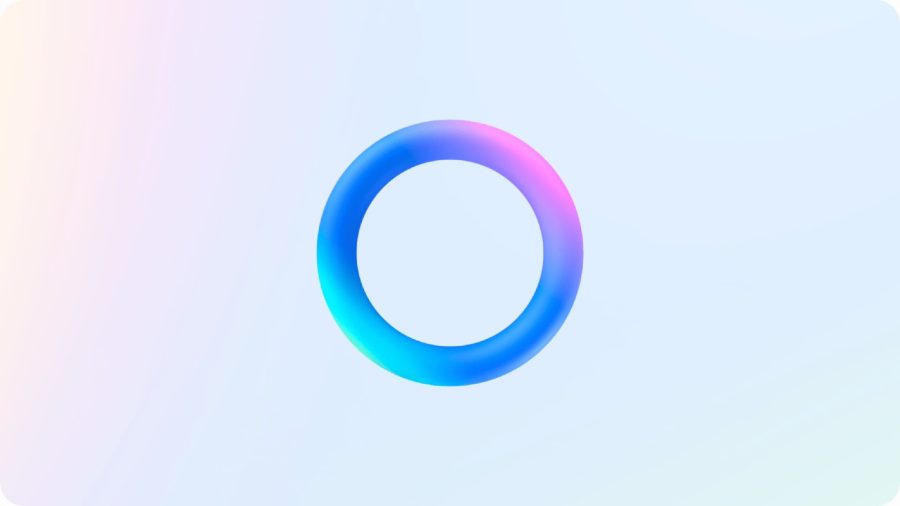A new report from Forrester Research details the best practices for designing mobile applications. “If you think mobile user experience design is about choosing the best development tools and designing for a smaller screen size, guess again,” writes Mike Gualtieri in the report’s introduction. What you really need to do in order to deliver an app users will love, he says, is create an experience that’s useful, usable and desirable that also takes into account the five dimensions of the mobile context: location, locomotion, immediacy, intimacy and device.
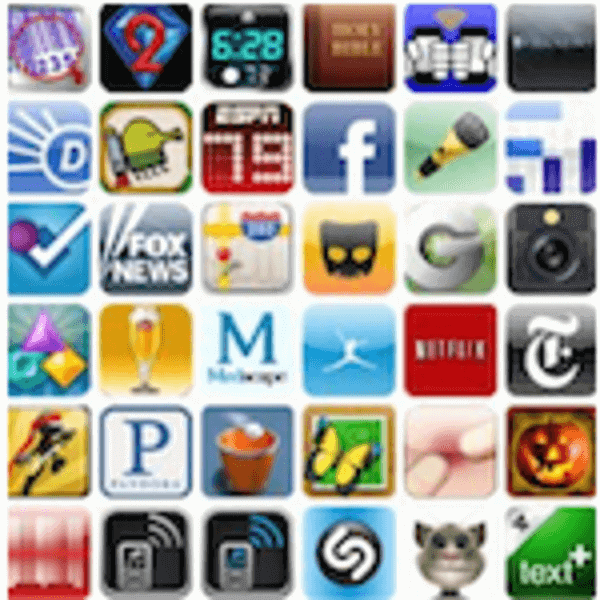
But how is this actually done?
Gualtieri compares mobile apps to movies, with end users as the audience. How many stars you get is dependent on the audience’s reaction, and the voting begins immediately. More important than picking the right platform (e.g., native vs. Web) or focusing on designing for screen size, developers need to think first and foremost about getting customers to say “this app is awesome!” Remember, says Gualtieri, the opposite of love is indifference.
Think About Mobile Context
For a mobile app to be lovable, it must be useful, usable and desirable. Apps must be useful in the sense that they provide functionality that allows a user to accomplish a goal. Usable means the app should be easy to operate and desirable means users should enjoy the experience, and have positive emotional connections with the product.
To make apps that fulfill those needs, mobile app designers should be aware of the context in which customers might use their mobile applications, and design the most useful features that would be valuable in that environment.
The five contexts which are amplified by mobile are: location, locomotion, immediacy, intimacy and device. The report describes these situations as follows:
- Location: People use apps in a wide variety of locations, which can be determined through the use of GPS.
- Locomotion: Mobile users access their devices while on the move – walking, running and even (unfortunately), driving. If a phone has an accelerometer, the app can detect the motion, speed and direction of the device.
- Immediacy: Mobile users are not stationary – they need a mobile app to immediately react to find a price, transfer funds or update their status, for example. They’ll be even more pleased when the app combines immediacy with location and locomotion info to anticipate their needs.
- Intimacy: Mobile users identify with their device, but designing for intimacy means you have to understand each person’s relationship with their device. For example, a bargain shopper may love getting in-store coupons via push notifications, but another user may hate it.
- Device: Finally, developers should take into consideration the features specific to the device, including the varying form factors, plus the device’s touch, voice recognition and image recognition capabilities.
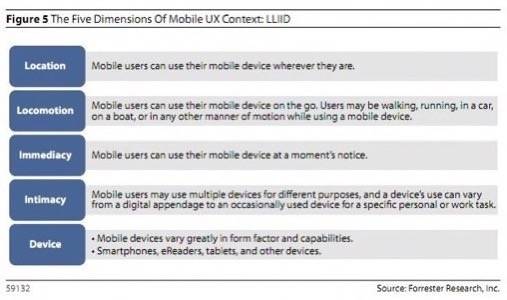
Create Personas
Forrester recommends designers create mobile personas of the app’s users, then design for the mobile context and design for the emotion “love.” What that means is, first, designers should segment the user population using personas, which are “vivid, narrative descriptions of a named fictitious person” representing a segment of that population. Identify the relevant characteristics of the population the app should serve. Use demographics, needs and the mobile context to narrow the population down to 3 to 6 target segments. Remember that the app doesn’t have be loved by every person, everywhere.
After the segments have been created, do user research to find out more about the users’ needs. Ask open-ended questions when surveying users, so as not to influence their answers. But don’t just go by what the users say, watch what they do in real-world situations, too. Here, Gualtieri references an appropriate quote from Henry Ford, “If I had asked people what they wanted, they would have said ‘faster horses.'”
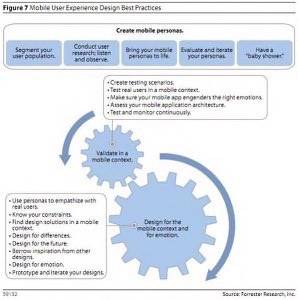
Continue iterating the personas as you learn more about your users. Don’t get bogged down by universal acceptance.
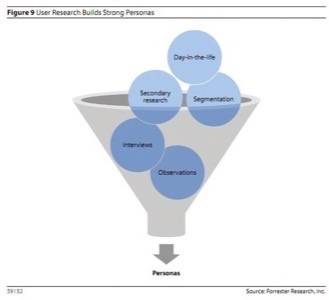
Design for Love
To design for “love,” designers should really know their personas, and be able to empathize with these users. It’s also important to be aware of constraints like time, money and the technical constraints that may affect the design process before getting started.
Keep in mind the context during design, says Forrester, and design for difference. That means you may want to design first for users that generate the most profit or you may want to design more for attracting a new set of users to the app. Whatever you decide, you can prioritize the content, features and functions accordingly. The report also recommends borrowing design inspiration from other mobile apps when relevant, and designing for the future, based on trends you’ve spotted.
Finally, to design for love, you have to be aware of how your users feel before, during and after using your app, says Gualtieri. He recommends using an e-map to analyze those emotional states so you can prepare visual elements and interactions that will trigger the necessary emotions.
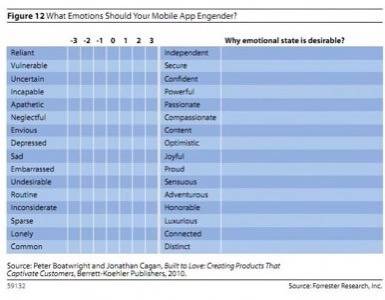
The report also recommends validating the mobile app using a prototype which is tested in a number of scenarios and contexts to make sure it’s engendering the right emotions. More details on this and all the other aspects of the design process are found in the complete report, available here.







